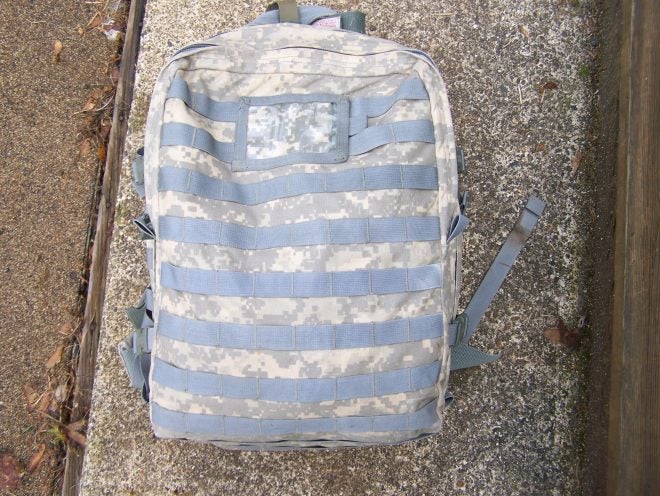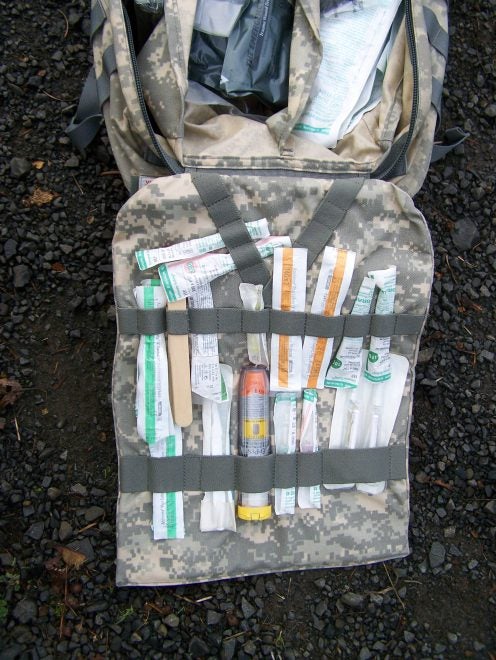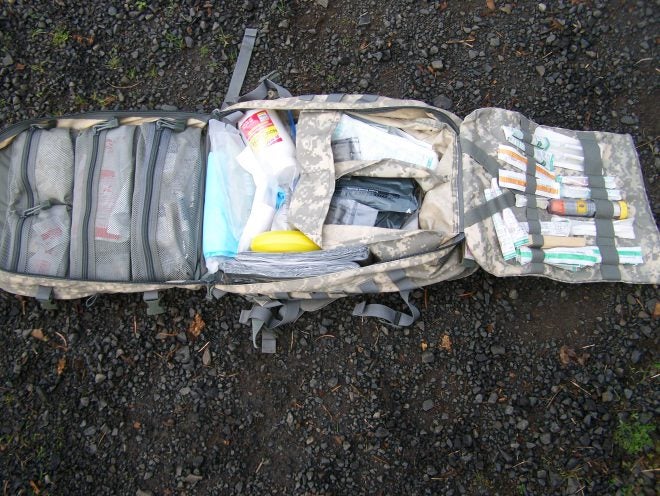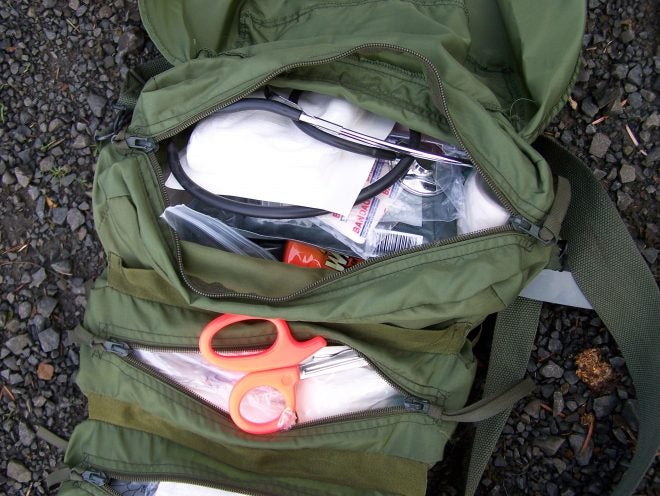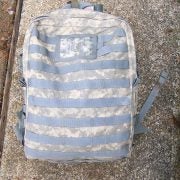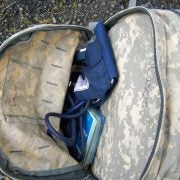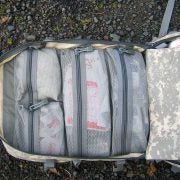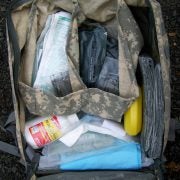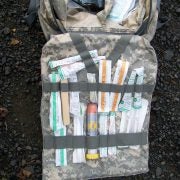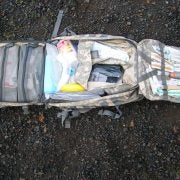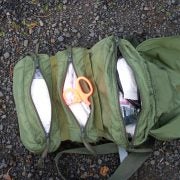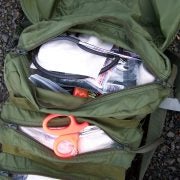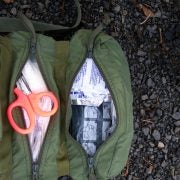First Aid Kits for Preppers
Pat Cascio 05.11.16
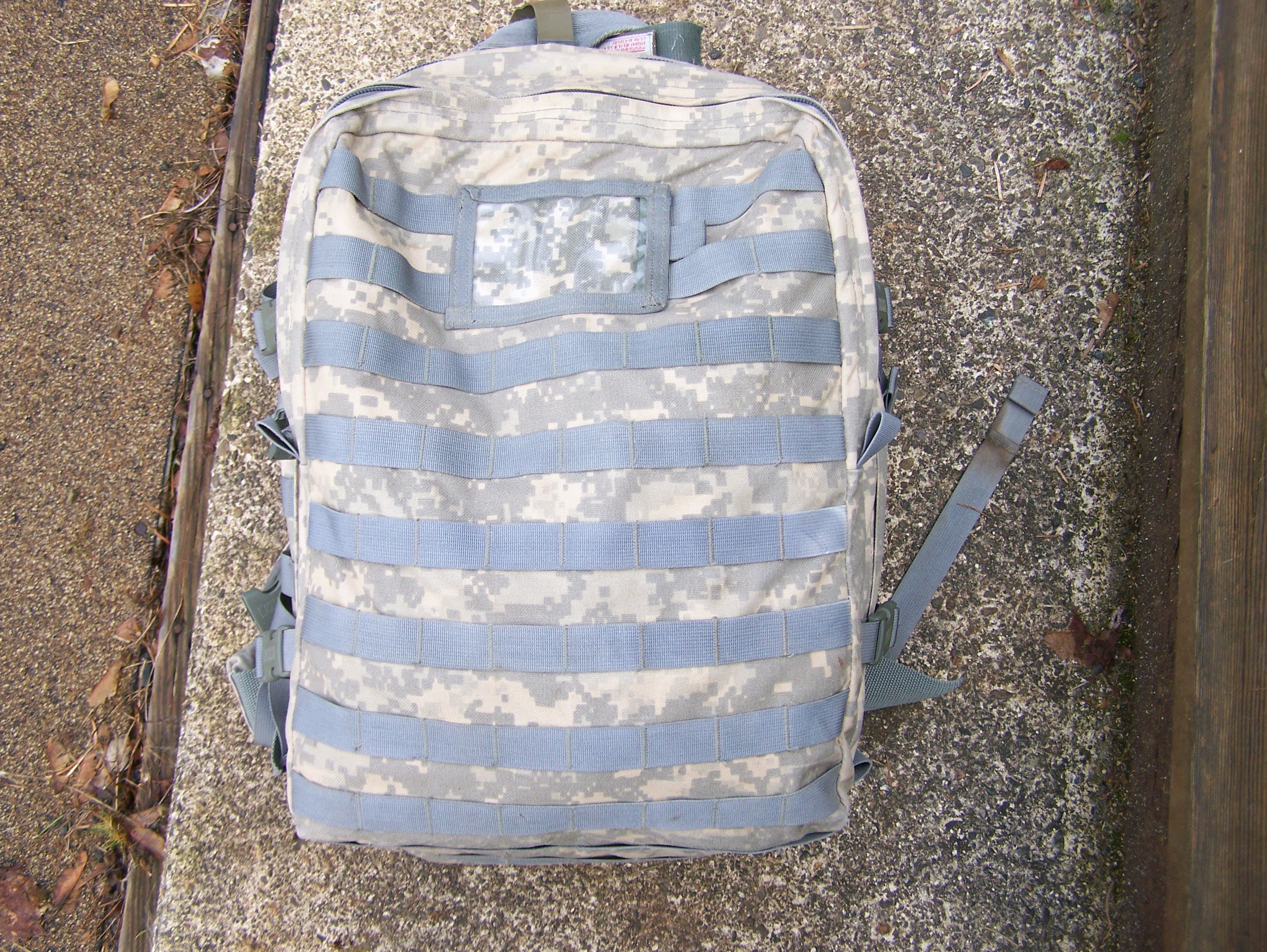
First, a disclaimer: I’m not a doctor, nor do I play one on TV. But in another life, I worked as a paramedic. This article is not about giving you medical advice; it’s about getting some good medical training, having a good first-aid kit on hand, and knowing what that kit should contain.
You can walk into most big box stores or drug stores and buy an off-the-shelf first aid kit, and it will suffice for minor emergencies and boo-boos. But when a major medical emergency occurs, you will quickly find that your little first-aid kit doesn’t have what’s needed to save a life or to properly treat more serious injuries. There are a few survival websites that sell more advanced first aid kits, and they are good — but you can also build your own kit.
In any good first aid kit, you’ll need a convenient way to carry your supplies, and there are many bags and backpacks that will work. You’ll want one with plenty of room and that will allow you to keep your stuff organized and readily available. I personally prefer the Blackhawk SpecOps first-aid backpack.
If you are serious about prepping or survival, you should take an advanced first aid course or a good EMT course. You might even want to take a Paramedic course to be better prepared for serious emergencies that might come your way in a SHTF scenario. Once you’ve had some professional training, you can better decide what to pack in your first aid kit.
None of us think alike, so what I might find important to have in my kit, you might not want in your pack. I concentrate on trauma–gunshot wounds, broken bones, knife wounds, things of this nature. I have a good supply of various trauma dressings and Kling wrap, as well as military tourniquets and blood-stopper packets of powder (they really work). I also have IVs. Civilians can purchase them, and it’s a good idea to know which ones you’ll need and how to start one in a patient.
I like to carry several Sam Splints for broken bones, many over-the-counter meds for various ailments, and antibiotic meds to apply directly to wounds for preventing infections. If you have the proper training, you might also want to carry some “vet meds” (medication marketed for animals). Vet meds often come from the same assembly line as human meds, but are labeled differently.
A blood pressure cuff and the knowledge of how to use it is an absolute must. In a trauma situation, dropping blood pressure may be the only sign you’ll have of internal bleeding before it’s too late. A stethoscope is great for listening to heart and lungs, too.
A good supply of surgical gloves and surgical masks is another must, and I wouldn’t think about working on an injured person without wearing a mask and gloves.
My intention with this article is to encourage you to get some professional medical trainin–the more advanced, the better–in order to help you take care of yourself and others in a serious emergency. And in a disaster situation, those medical skills may become valuable enough to barter for supplies. With some training under your belt, you’ll be much better prepared to stock your own emergency first aid kit with the things that will be most useful–and practical to carry around–when things get nasty.
Remember, neither myself nor Alloutdoor are giving you medical advice.
Lastly, I only touched on the medical supplies I keep in my first aid bags. They contain much more than what I mentioned. But rather than just posting a list of ingredients for you to throw together and forget about, I’m encouraging you to seek training so you can decide for yourself. Potential sources of this training include local fire departments, hospitals, and the American Red Cross.
Then, when someone gets hurt and you can’t call 911, you just might have the training and supplies to save someone’s life.
